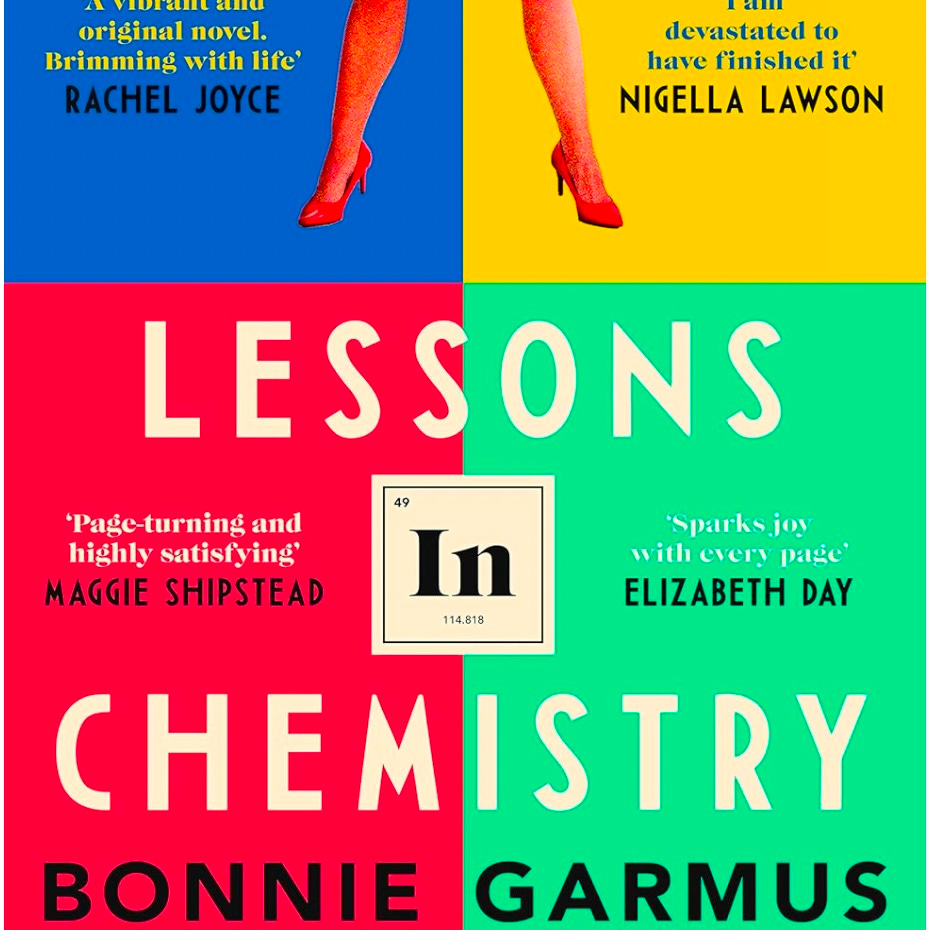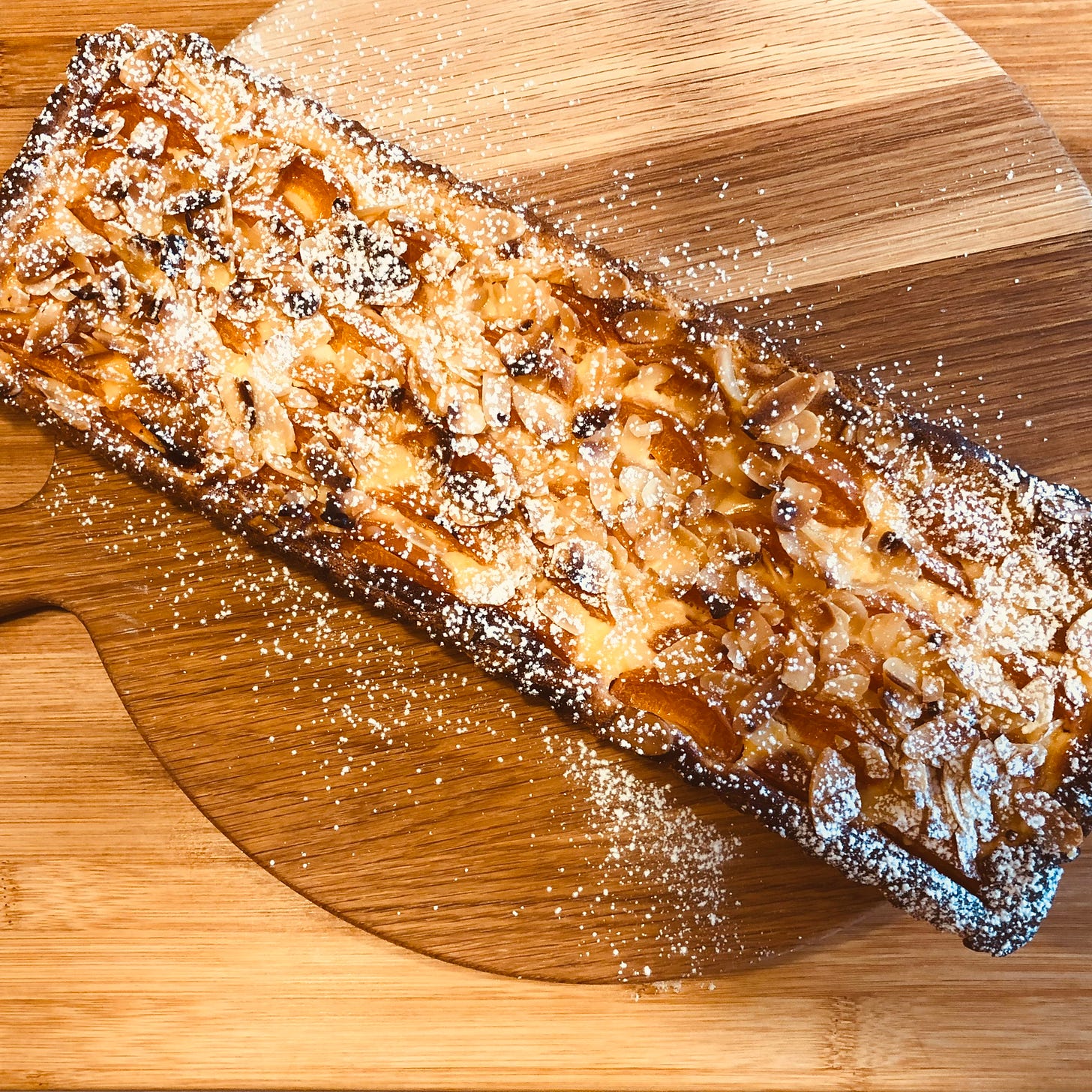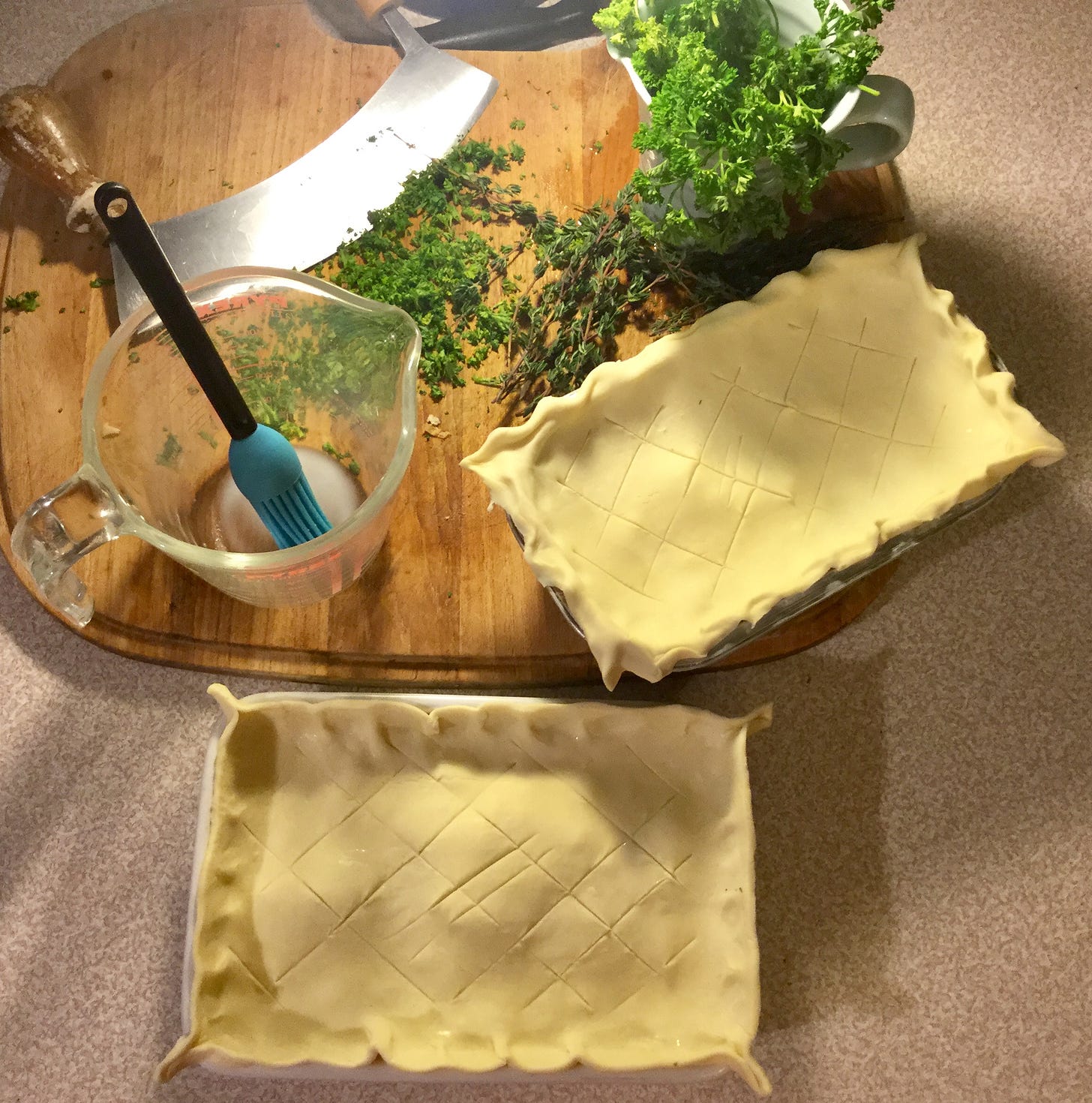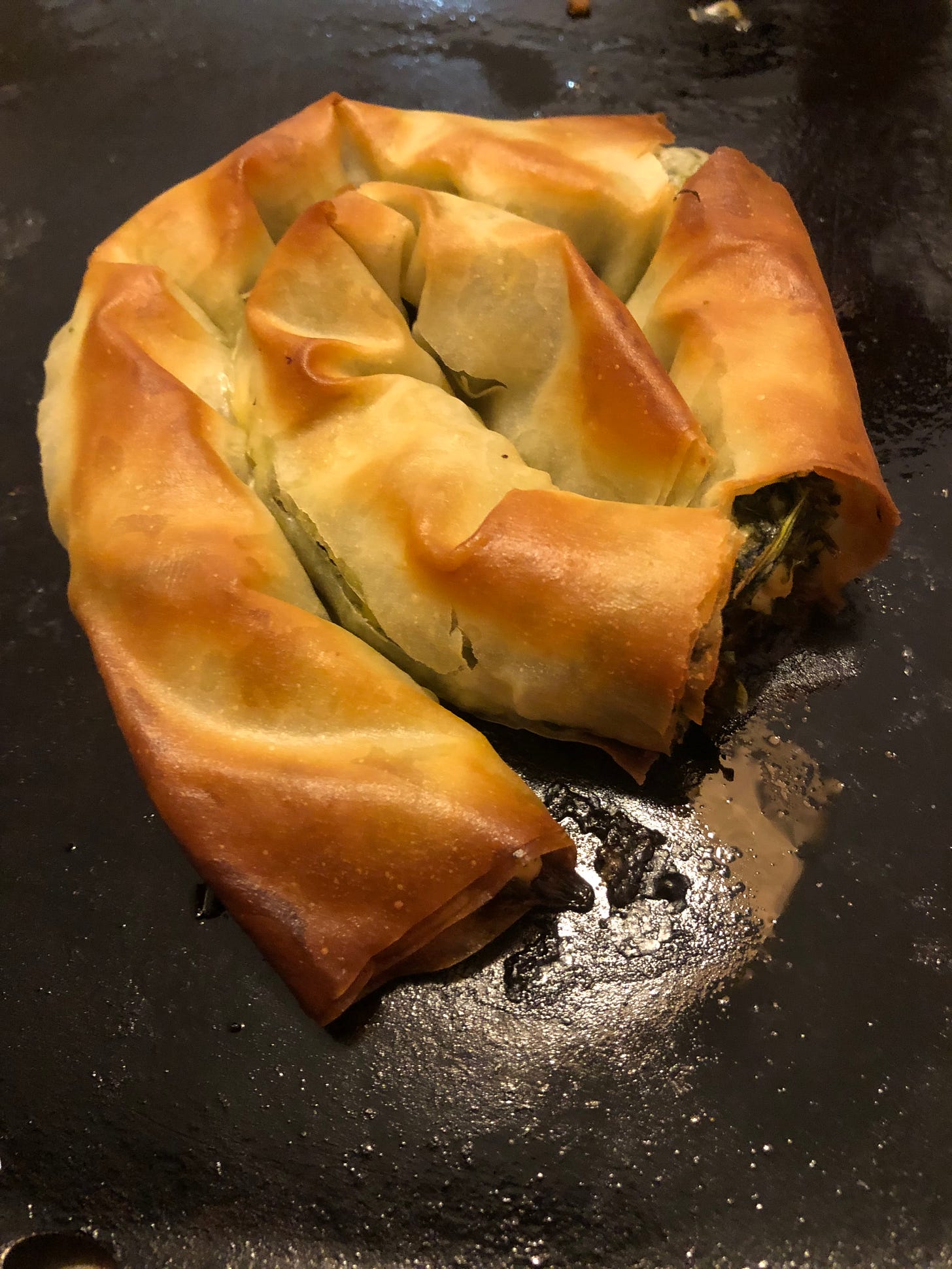Pastry. There I’ve said it. A six letter word that often gives uninitiated cooks the heebie-jeebies, yet really shouldn’t. Pastry is totally doable and a good one elevates even the most homely of fillings to a level of tastiness and comfort beyond the work it takes. Like the simple rhubarb frangipane tart I made when it was last in season. This was from Annie Rigg’s lovely Summer Fruit and Autumn Berries a book I turn to often. And, most if not all types of pastry ( if you have the utmost patience, time and energy for the more fiddly ones) can be made at home.
“Making your own pastry is both rewarding and therapeutic” said Camilla Stephens (co-founder and chief pie-maker of Higgidy Pies) who produced some 15 million of them last year. Rewarding yes, but therapeutic? Probably not so much in her case!
Pastry making is really a matter of effort (which equals love in my book) and a few simple principles which, if stuck to, work every time. So here are my rules of the game, with some melt-in-the-mouth recipes to inspire.
Firstly, measure, measure, measure. Making pastry, unlike most throw-it-in-the-pot cooking really is a ‘lesson in chemistry’. It needs precision and the correct proportions of ingredients in order to work. So always weigh your ingredients accurately whether you use cups or scales. If you want to know lots more about the science of how baking actually works (or doesn’t) a new book Sift by Nicola Lamb will answer all your questions. It has been highly lauded. I haven’t read it yet, but being a cooking nerd probably will.
Next, chill baby chill. Begin with ingredients, bowl and water that are very cold …and keep everything cold until the moment your pastry gets filled and baked. This includes resting your dough in the fridge before shaping, and popping your newly shaped crust back into the fridge for its final little nap before baking. More about resting below.
Also: handle with care. Mix and roll lightly so as to get and keep flakiness in your pastry. For quantities of less than 400-500g flour try rubbing your fat in by hand - light fingers really are the best tool going. But whether by machine or digit, once mixed to a dough, don’t be tempted to handle your pastry over much. Unlike bread dough it doesn’t respond well to being pummelled and will become horribly tough. The idea is to flatten and roll it out lightly - imagine graceful ballerina hands here, doing quarter turns of it as you go to get an even thickness. Roll it away from you in gentle and smooth strokes to Classic FM if it helps. (No rolling pin? Use a straight sided wine bottle.) Stop it sticking to your work surface by lightly flouring that and your pin. Any excess flour can easily be flicked off with a dry pastry brush or twist of kitchen towel once you have finished).
To prevent the sticking and tearing of really delicate pastries such as those made with butter, sugar and eggs, like this apricot frangipane tart (my version pictured below, still in its black tin), roll the dough out gently between two sheets of non-stick baking paper or parchment.
Always always rest it! Shrunken pastry is so disappointing! It will still taste okay but not look as pretty and your filling (in an open-topped tart or quiche, for example) is destined to overflow! So let your dough relax for 30 minutes in the fridge before shaping. Resting will also produce a firmer pastry that is easier to roll out. Meanwhile, assemble your filling or sit down with a cuppa and congratulate yourself on your prowess so far. Then bring your pastry back to room temperature for about ten minutes before rolling out and easing it into a tin or pie dish. Remember: gently does it. Trim off excess pastry with a sharp knife or by rolling your pin firmly across the top of your tin to separate the spare.
Don’t forget that final resting. Bake it blind if needed (prick the base of your pastry case lightly with a fork, line it with baking paper, fill that generously with baking beans or rice grains and part-bake for the time stated in the recipe before adding your filling and baking again.) This supports the sides and weighs down the base of your pastry case, keeping it flat and in contact with the heat of the tin thus avoiding the dreaded soggy bottom.
If time is of the essence when it comes to getting a meal on the table (and when isn’t it?) try mixing up your pastry in a few spare minutes at the weekend or the evening before needed. Well-wrapped it will keep in the fridge for a couple of days ready for the off. Or make a big batch and freeze several discs for future star turns.
A word about ingredients:
Basically, all pastry is a mix of flour and fat bound together with liquid: a little water, perhaps a little lemon or orange juice, a beaten egg, even some cream cheese.
Flour: plain white (all-purpose) wholemeal, spelt or a mix of these work well in pastry. Granary causes holes and splits around the seeds. But experiment to find what you prefer …fifty-fifty white and wholemeal is my ‘everyday’ go-to for savoury shortcrust pastry and all white flour for pate sucre (sweet shortcrust). Finely grated cheese or ground nuts make for flavourful additions as in this Tallegio tart with walnut pastry.
For gluten free pastry there’s a sound recipe in Phil Vickery’s Essential Gluten Free which I’ve successfully made for family members. Zanthan gum seems such a wacky ingredient but it works to thicken, bind and stabilise the ingredients in the absence of gluten. Magic! Meanwhile, gluten-free pastry mixes are improving all the time and is a very useful sub.
Fat: all butter makes for a rich and very tasty pastry but also a very short one ie it is more delicate to handle and easily given to crumbling when baked. Its fragility is a small price to pay in my book however, and is exactly where good chilling comes into its own. Follow Raymond Blanc’s helpful method here which he puts to masterful effect in a classic lemon tart.
For everyday use half butter to half solid vegetable fat (such as Trex or Naturli vegan block) works well. It’s also lower in saturated fat than butter. I don’t personally use soft spreadable fats for baking as it is difficult to achieve the right texture with these and it’s a definite NO to any low-fat spread as the water content of these is far higher. You really do not want the tough pastry that’ll result.
For even more inspiration, here’s a very flavoursome curried vegetable, lentil and cheddar pie using a rich short pastry from a cultural mash-up between Betty-Lui McKinnon and Stacey Mei Yan Fong which uses pastry to create a complete plant-based meal in a dish.
And here’s a really easy rough puff pastry from Delia with sufficient pagination to satisfy even the great Paul Hollywood. I’ve been using this pastry recipe for decades to make light-as-a-feather palmiers, cheese and onion rolls or sausage rolls. It is fabulous and works every time. Bless you Delia.
IMO home made pastry really is the best thing ever! The only types I don’t personally attempt are puff and fillo. They are both very fiddly and time consuming to make, so I recommend buying the best quality blocks or sheets possible. (Whisper it: M&S make great packs if you can find it.) All-butter shop-bought puff pastry is really very good, puffing up into lovely golden layers and smashing for treats like these nostalgic millefeuille (custard slices). But if you really want to perfect your own puff pastry skills on these, the incomparable Pru Leith shows how it is done here.
Finally, patience really is everything. Regard pastry-making as a labour of love, best done in stages when not in a terrific rush. And maximise your efforts via batch making. Perfection really isn’t everything. Pictured below is my go at making a spinach and feta spanakopita ‘snail’ with my grandson, using fillo from a local Cypriot deli. I’d seen these rolls ready-to-bake in the supermarket freezer cabinet. But those turned out to be super greasy and lacking in flavour. So I tried making some from scratch. Mine didn’t exactly brown evenly and it split open. (I didn’t keep the pastry sheets damp enough in-between buttering and layering.) Nevertheless it tasted fine and I will have another go. His looked great!
Practice really does make perfect. So, if you’re new to pastry or just want to try a different type why not experiment this week and let me know what you make and how it went?
And thanks once again for reading, commenting and sharing. It means the world.
Patricia x










Yep, I’ve just seen it. For pagination read lamination! Spell check obviously didn’t like that one even if Paul Hollywood does!